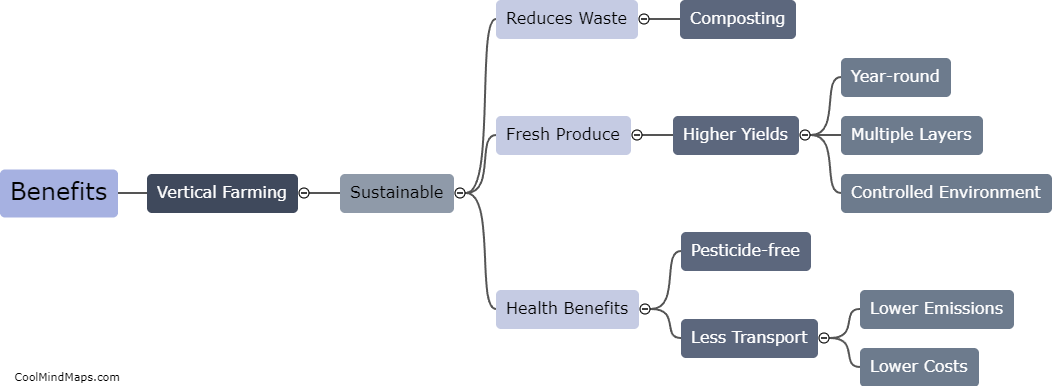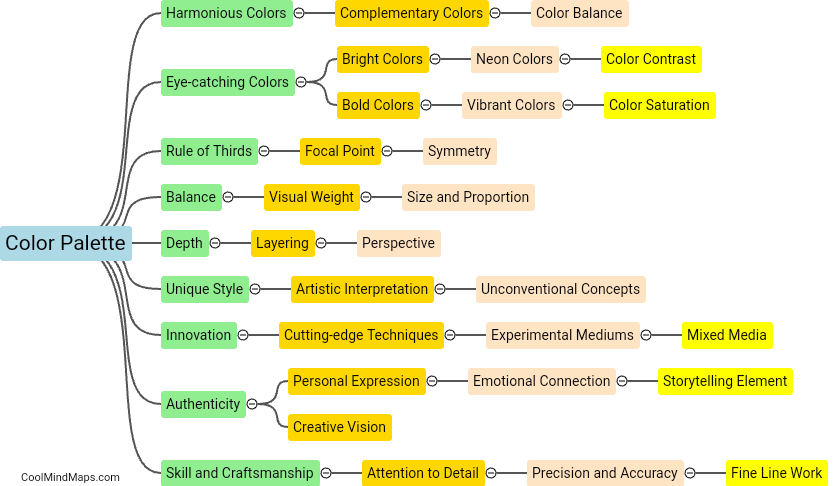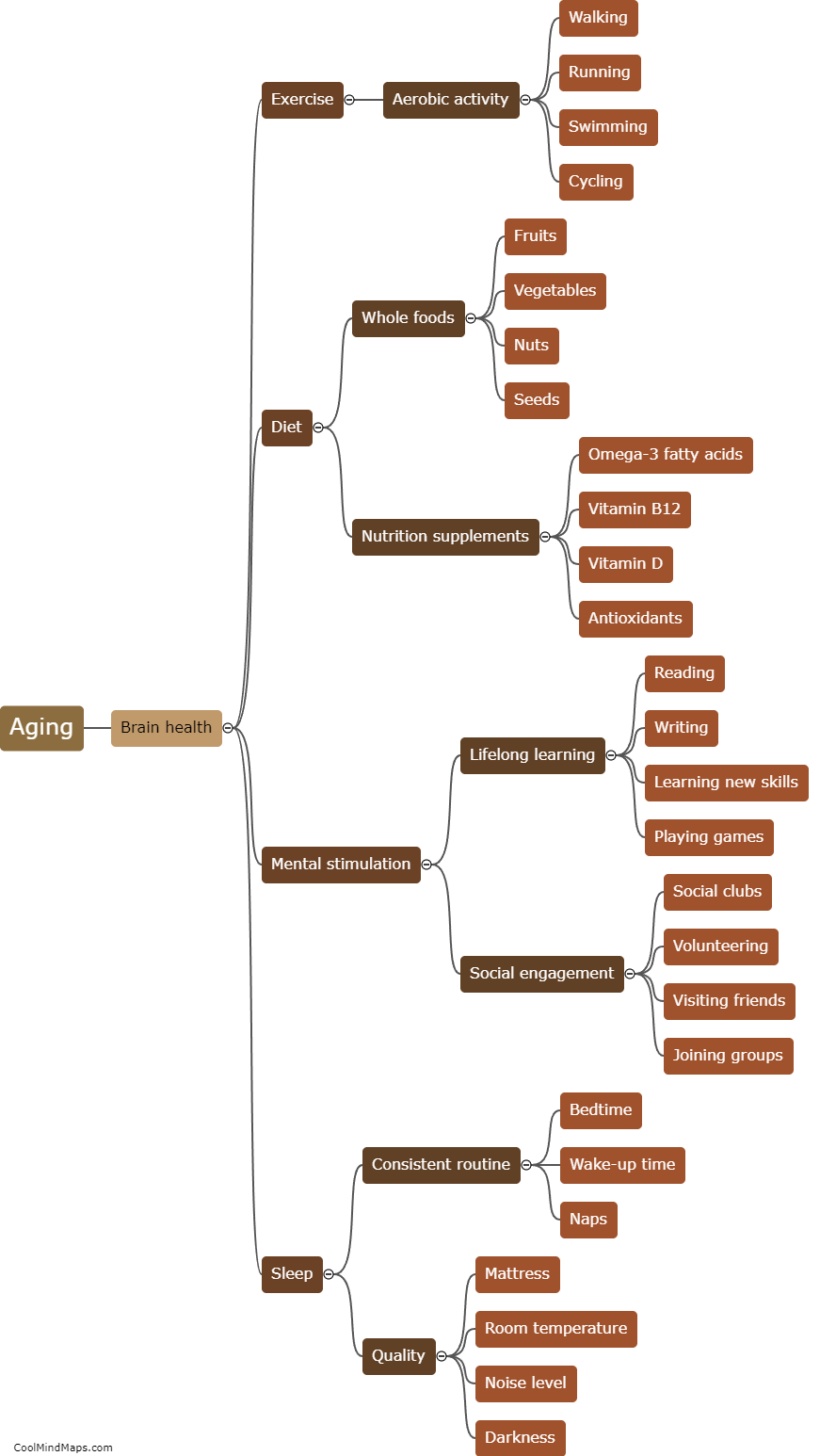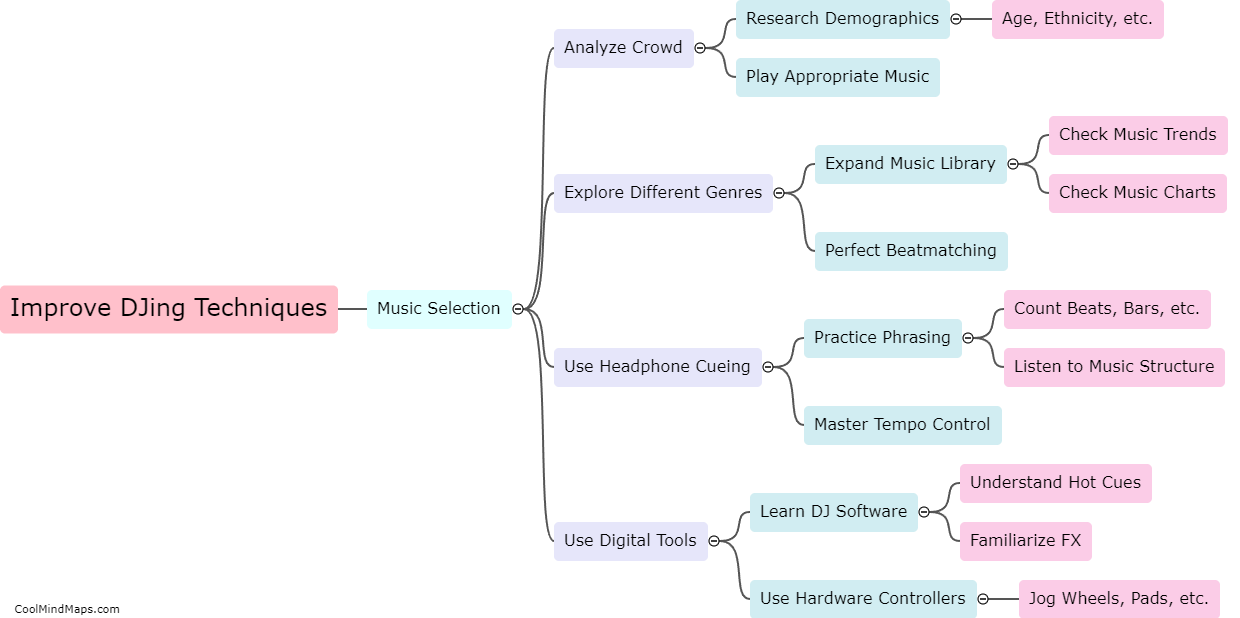What is the difference in image quality?
Image quality can refer to a variety of characteristics such as resolution, sharpness, color accuracy, contrast, and dynamic range. Higher image quality typically translates to better visual clarity and fidelity, with fine details and textures being more discernible. The resolution is the most commonly cited metric of image quality, with higher pixel counts resulting in greater detail and sharper edges. However, other factors such as color accuracy and dynamic range can also have a significant impact on the appearance of an image, particularly in visually complex scenes. Ultimately, the level of image quality required will depend on the specific application and context, with certain uses demanding more exacting standards than others.
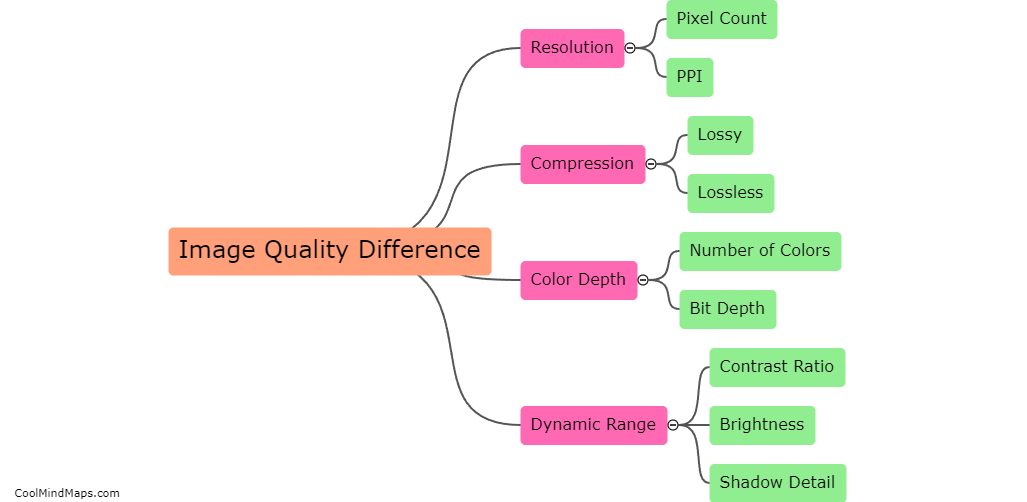
This mind map was published on 16 May 2023 and has been viewed 103 times.

